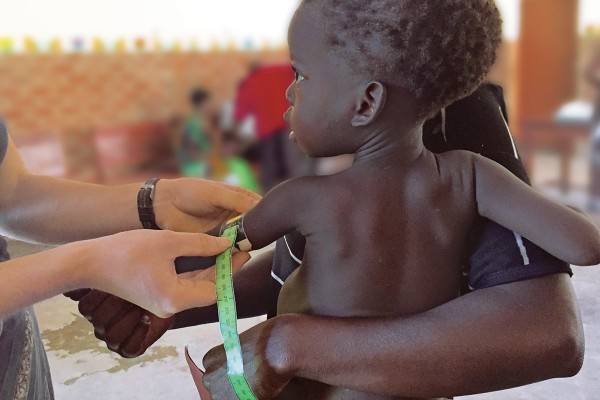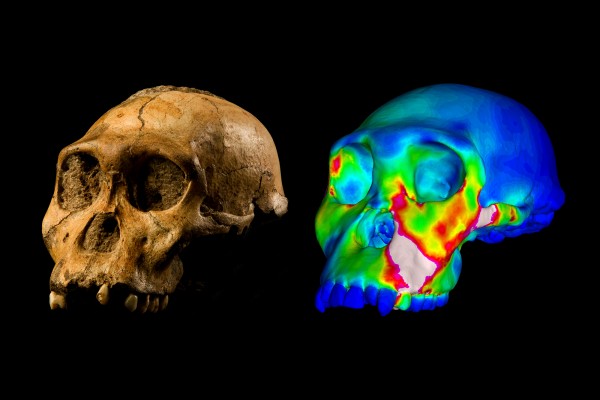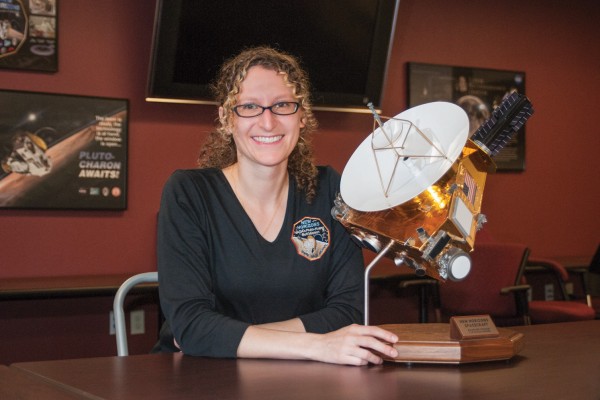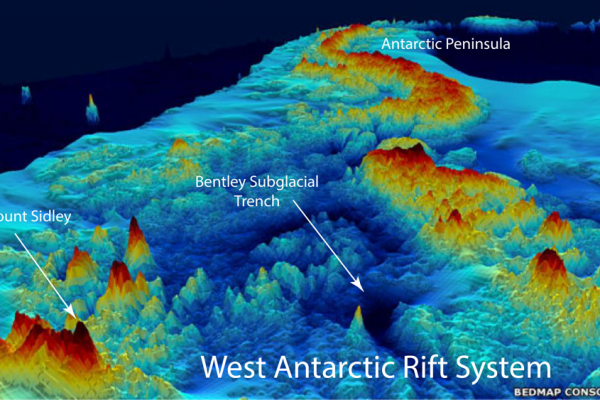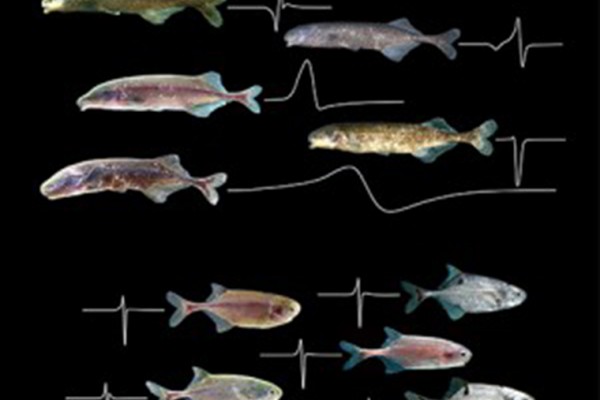Challenging an old idea
For more than 80 years, scientists have thought that cancer cells fuel their explosive growth by soaking up glucose from the blood, using its energy and atoms to crank out duplicate sets of cellular components. But is this really true? Work in a metabolomics laboratory at Washington University in St. Louis suggests not.
Shedding light on the day-night cycle
New research sheds light on how the rhythms of daily life are encoded in the brain. Scientists at Washington University School of Medicine in St. Louis have discovered that different groups of neurons, those charged with keeping time, become active at different times of day despite being on the same molecular clock.
Breakthroughs in the fight against childhood malnutrition
Two new studies led by Washington University School of Medicine in St. Louis show that effects of gut bacteria reach far beyond the gastrointestinal tract. Manipulating the makeup of microbes in the gut has the potential to provide new ways to treat and ultimately help prevent childhood malnutrition.
The jaws of a nutcracker? Not this human ancestor
Anthropologists from Washington University in St. Louis are among an international research team that found Australopithecus sediba did not have the jaw and tooth structure necessary to exist on a steady diet of hard foods. The findings are contrary to a 2012 study that gained international attention.
Calcium carbonate: Tumor-fighting weapon
Engineers at Washington University in St. Louis use nanoparticle technology, applied to a drug found in most people’s medicine cabinets, to chemically alter a cancer tumor and stop its growth.
A bumper sticker inspires
While at Washington University, Kelsi Singer noticed Bill McKinnon’s bumper sticker, “My other vehicle is on its way to Pluto.” Today, she works on the New Horizons mission and has her own sticker: “My other vehicle explored Pluto.”
The geography of Antarctica’s underside
Scientists were able to deploy ruggidized seismometers that could withstand intense cold in Antarctica only recently. A line of seismometers strung across the West Antarctic Rift Valley and the Marie Byrd Land have given geologists their first good look at the mantle beneath the ice and rocks, revealing areas of hot rock that might affect the behavior of the overlying ice sheet.
Marijuana dependence influenced by genes, childhood sexual abuse
Genetic variation within the endocannabinoid system may explain why some survivors of childhood adversity go on to become dependent on marijuana, while others are able to use marijuana without problems, suggests new research from Washington University in St. Louis.
Fish that have their own fish finders
African fish called mormyrids communicate by means of electric signals. Fish in one group can glean detailed information from a signal’s waveform, but fish in another group are insensitive to waveform variations. Research at Washington University in St. Louis has uncovered the neurological basis for this difference in perception.
Functioning brain follows famous sand pile model
In 1999, Danish scientist Per Bak made the startling proposal that the brain remained stable for much the same reason a sand pile does; many small avalanches hold it at a balance point, where — in the brain’s case — information processing is optimized. Now scientists have shown for the first time that a brain receiving and processing sensory input follows these dynamics.
View More Stories


